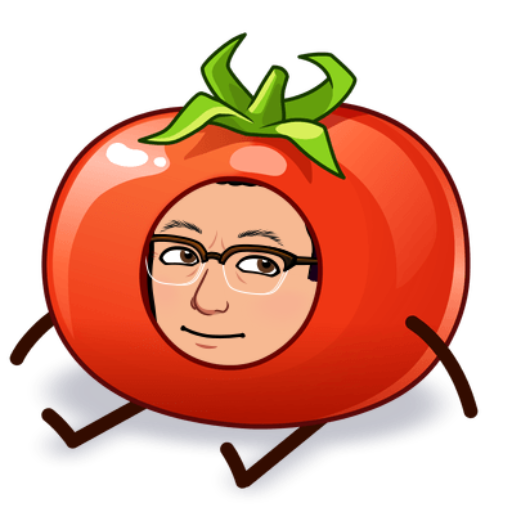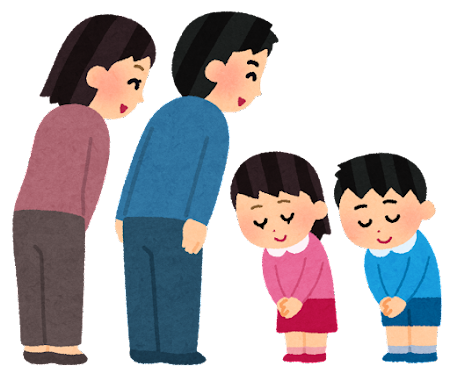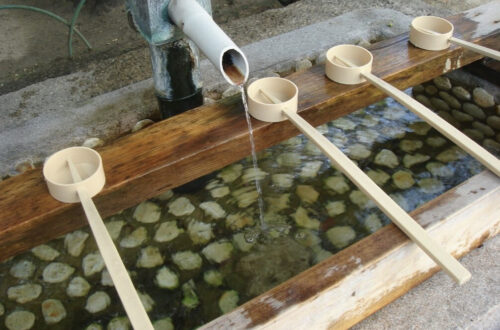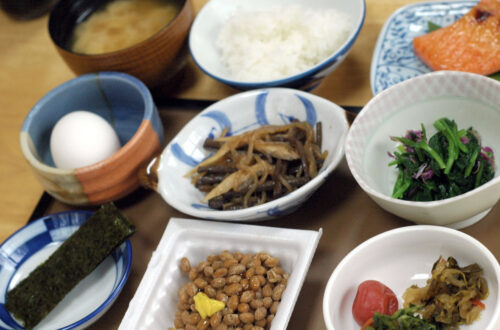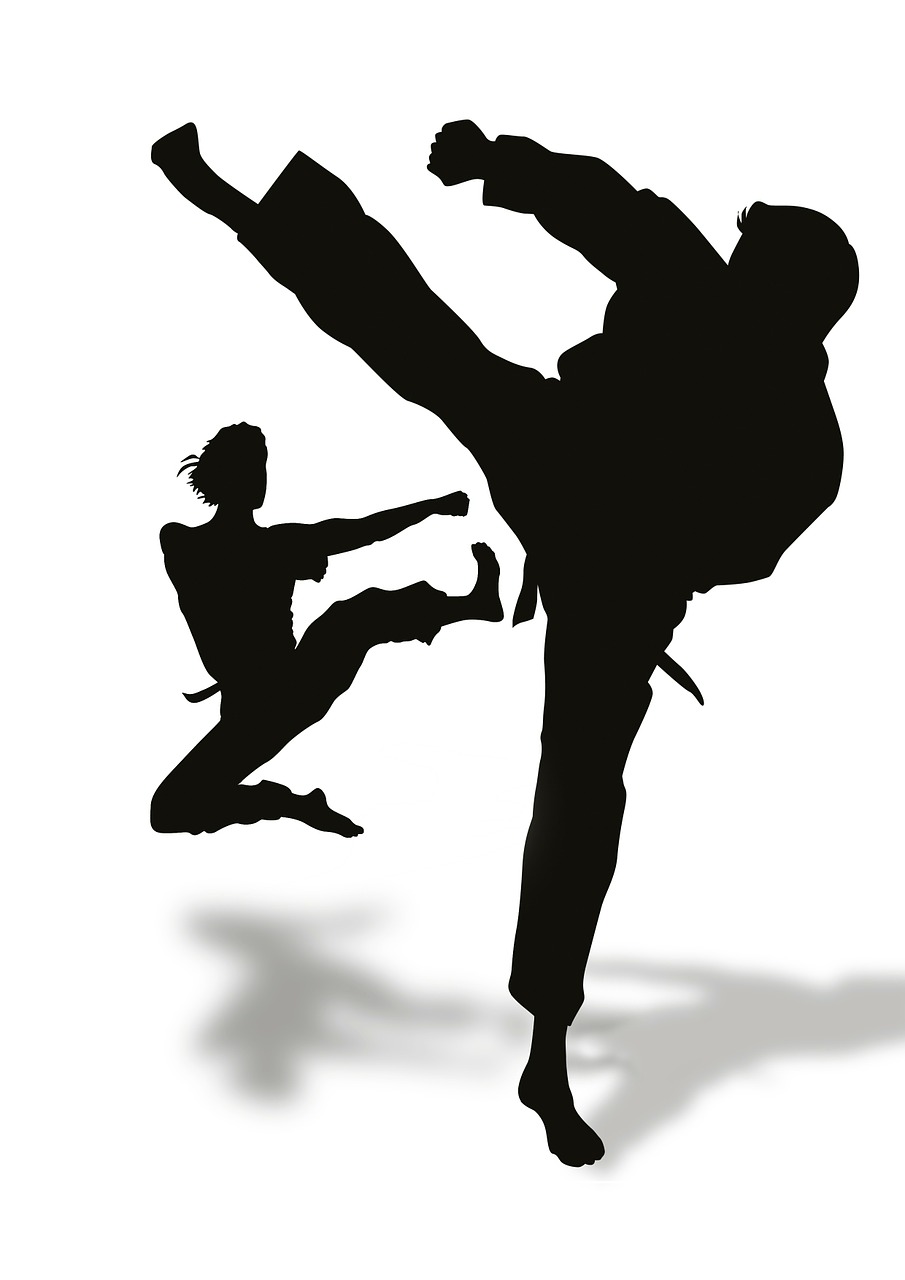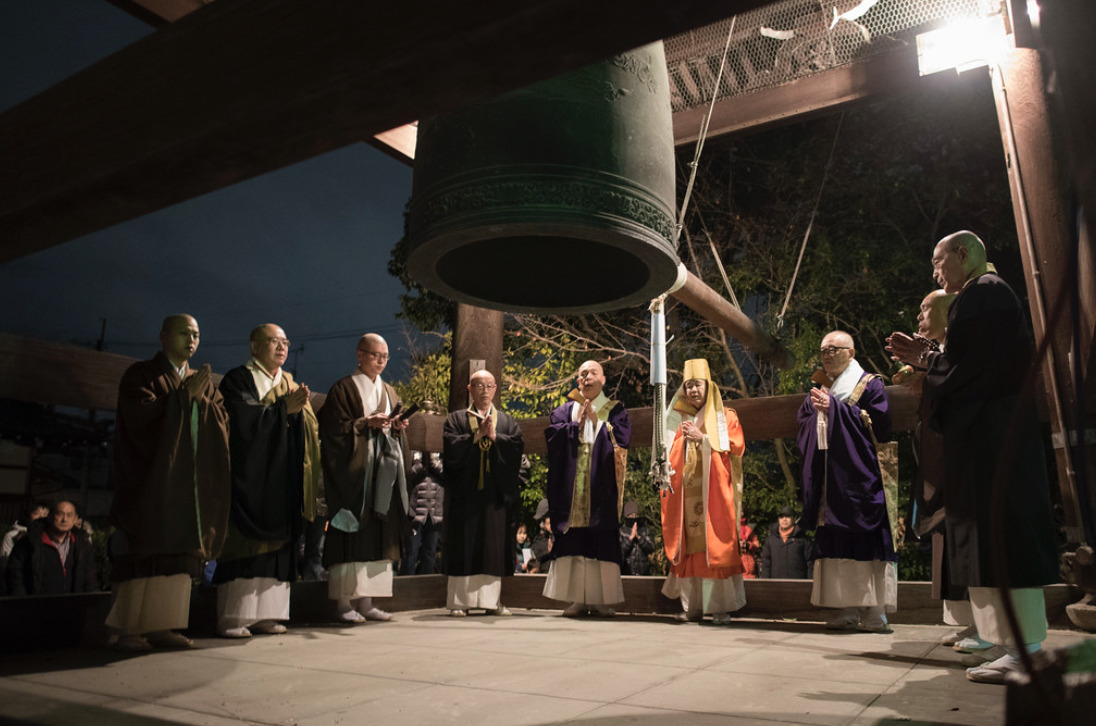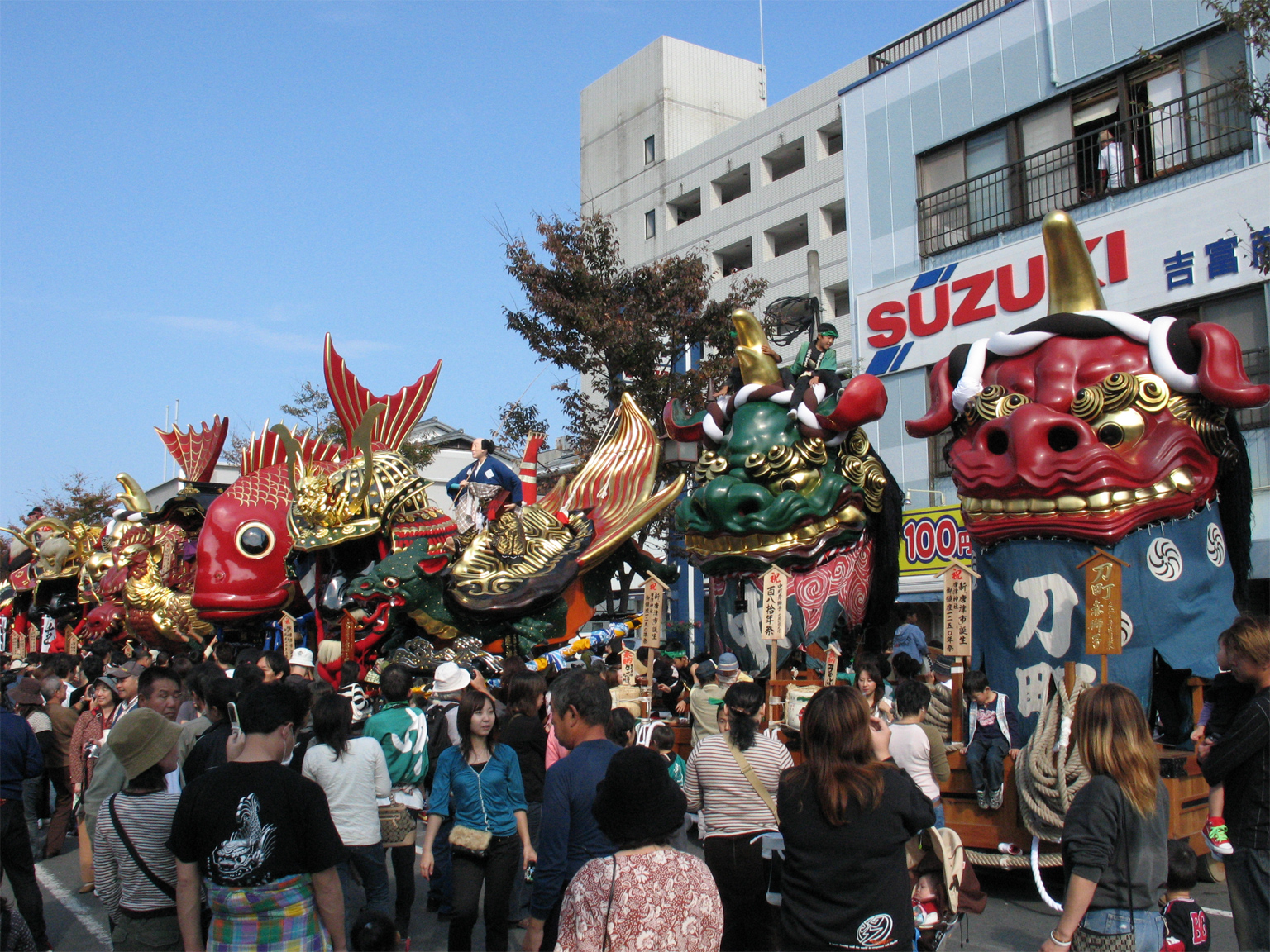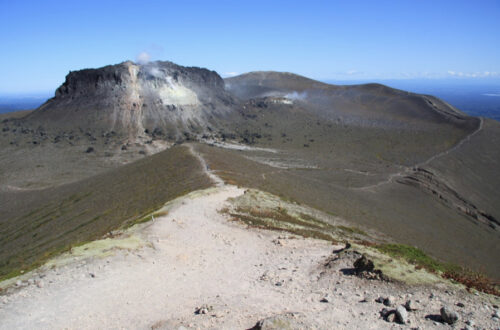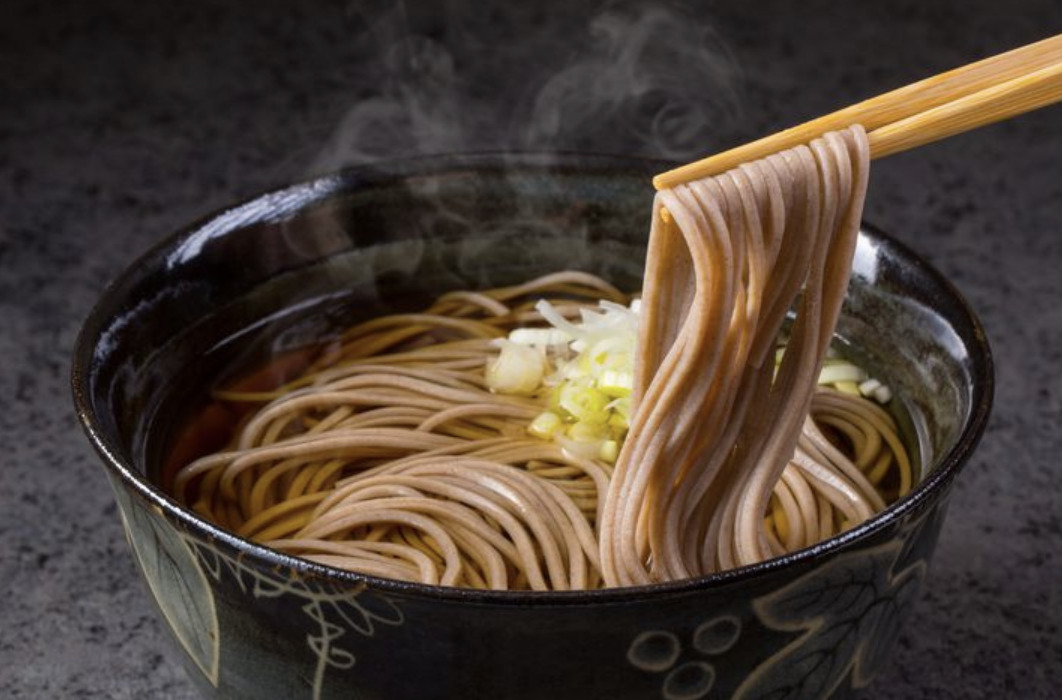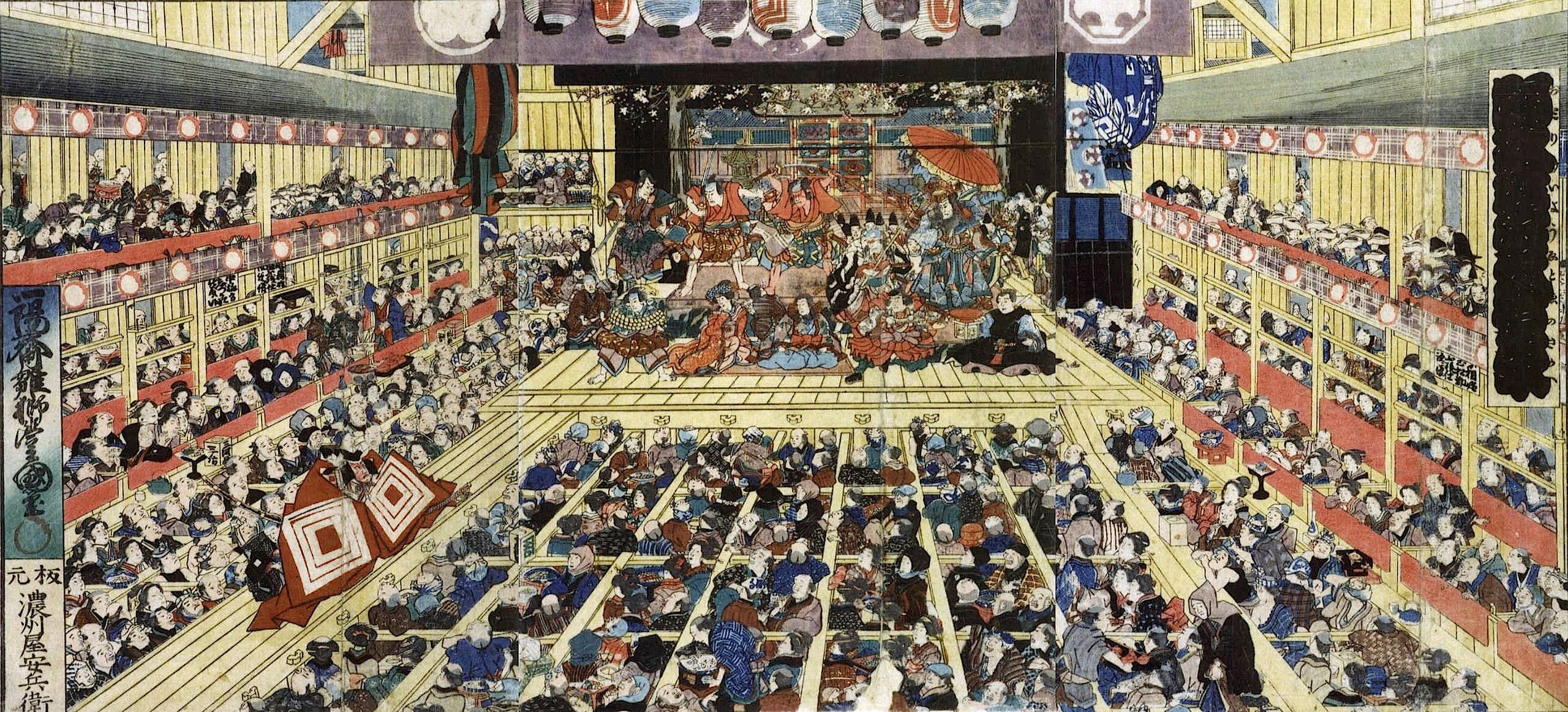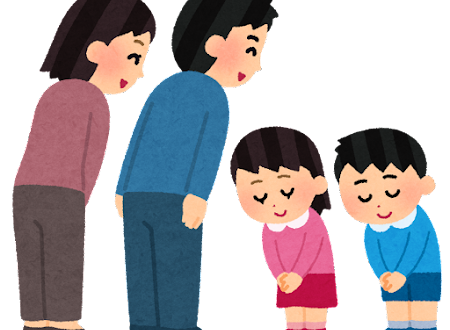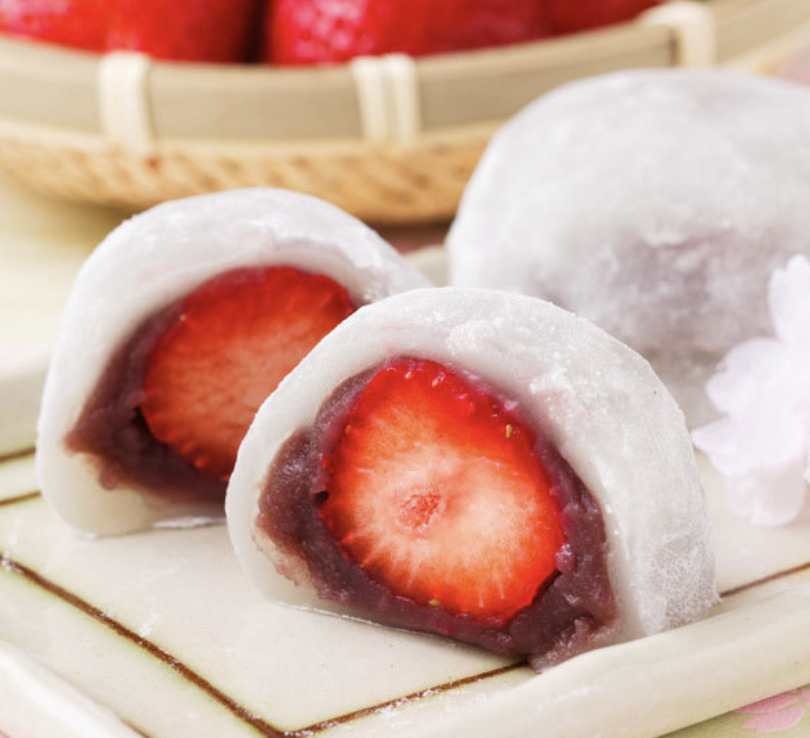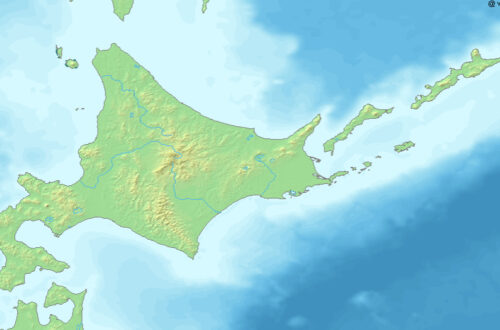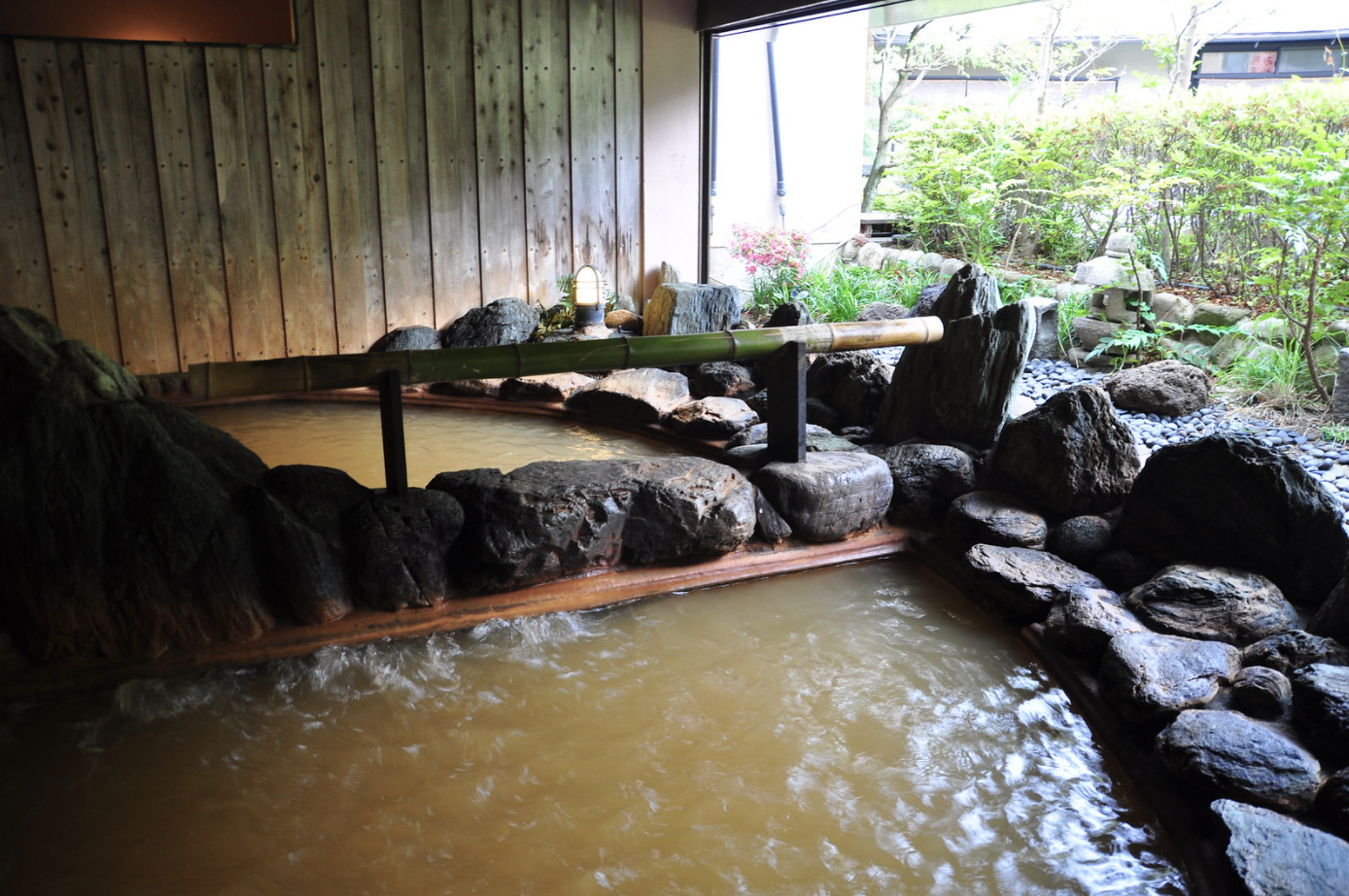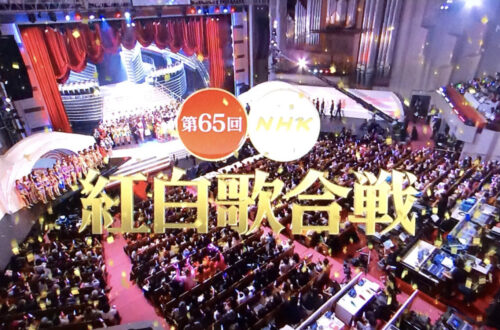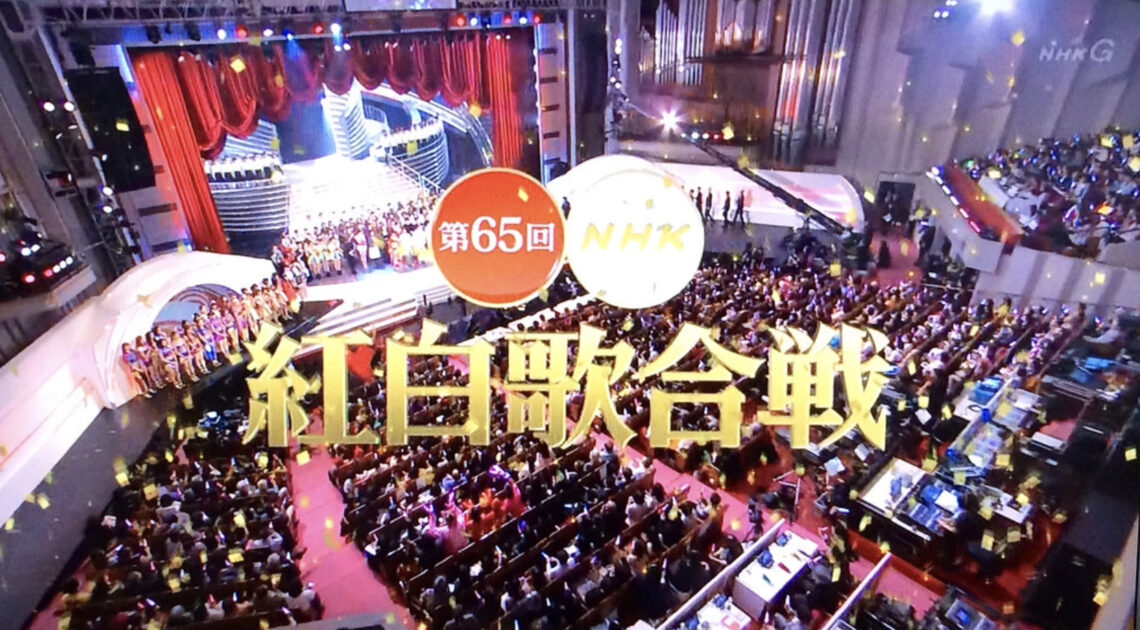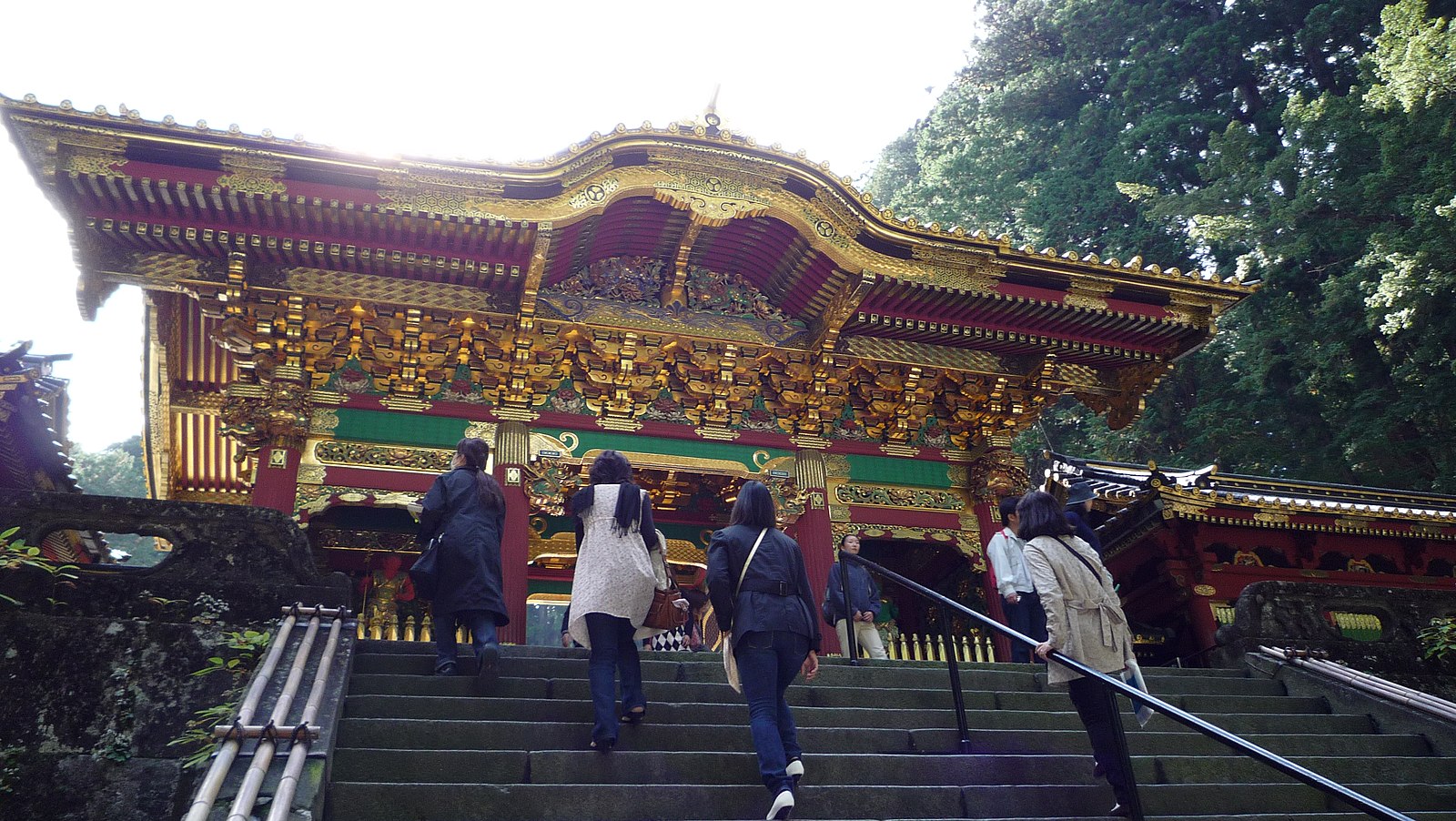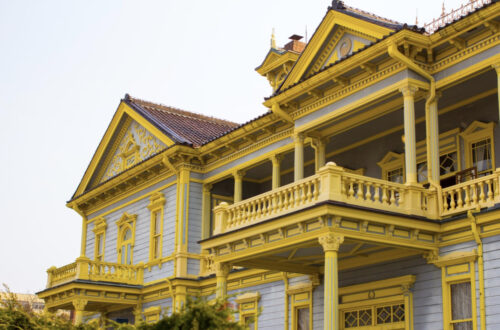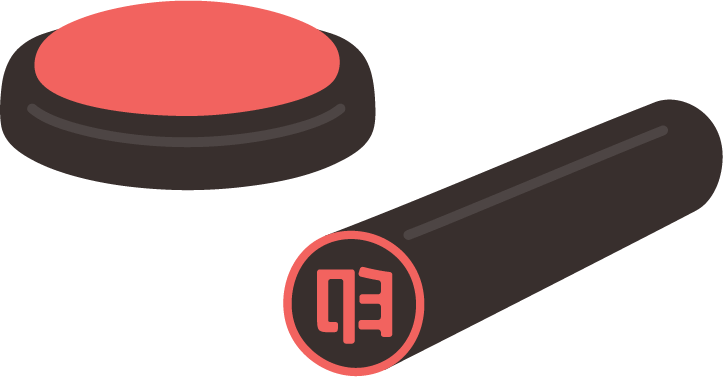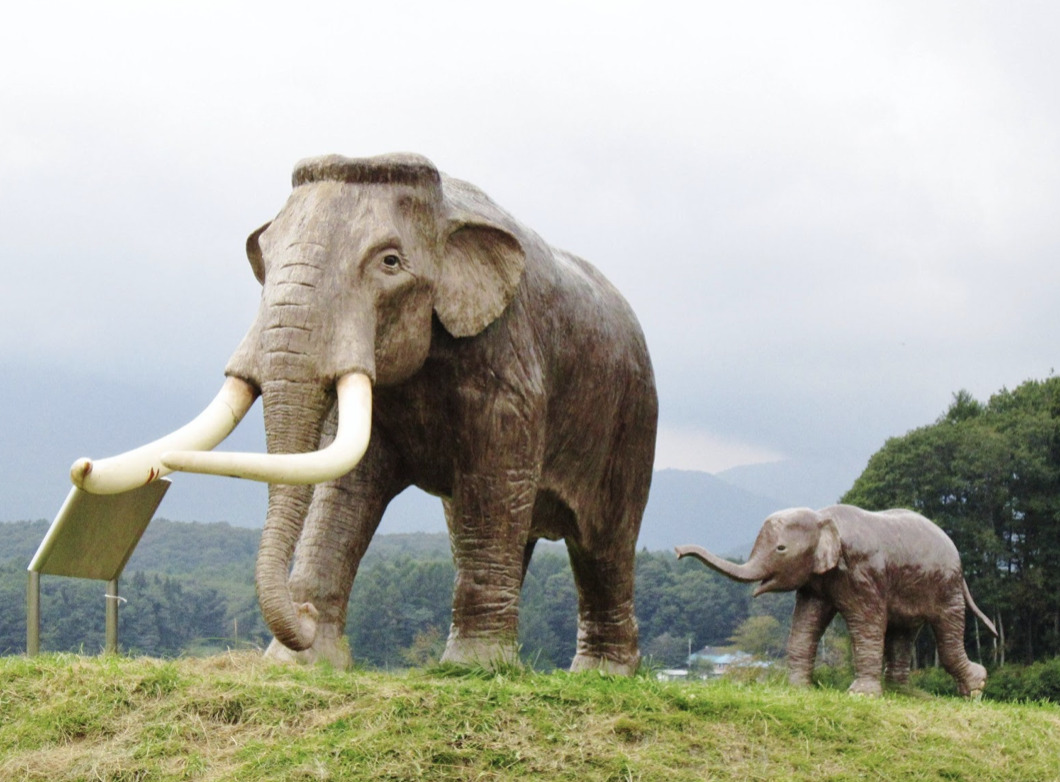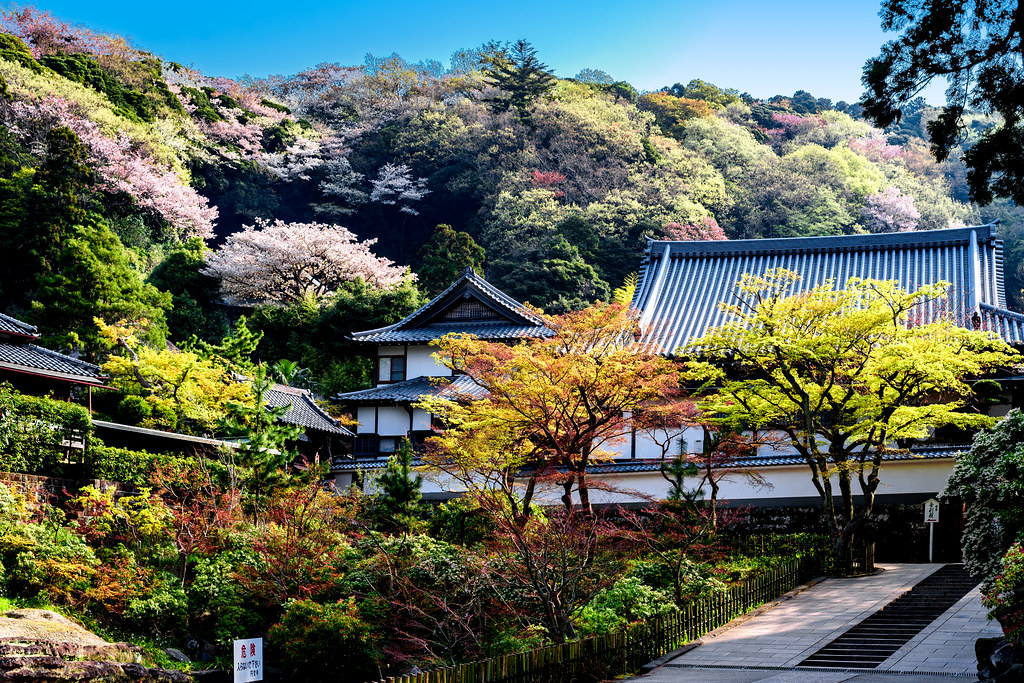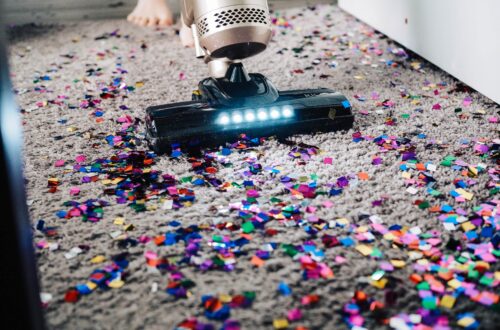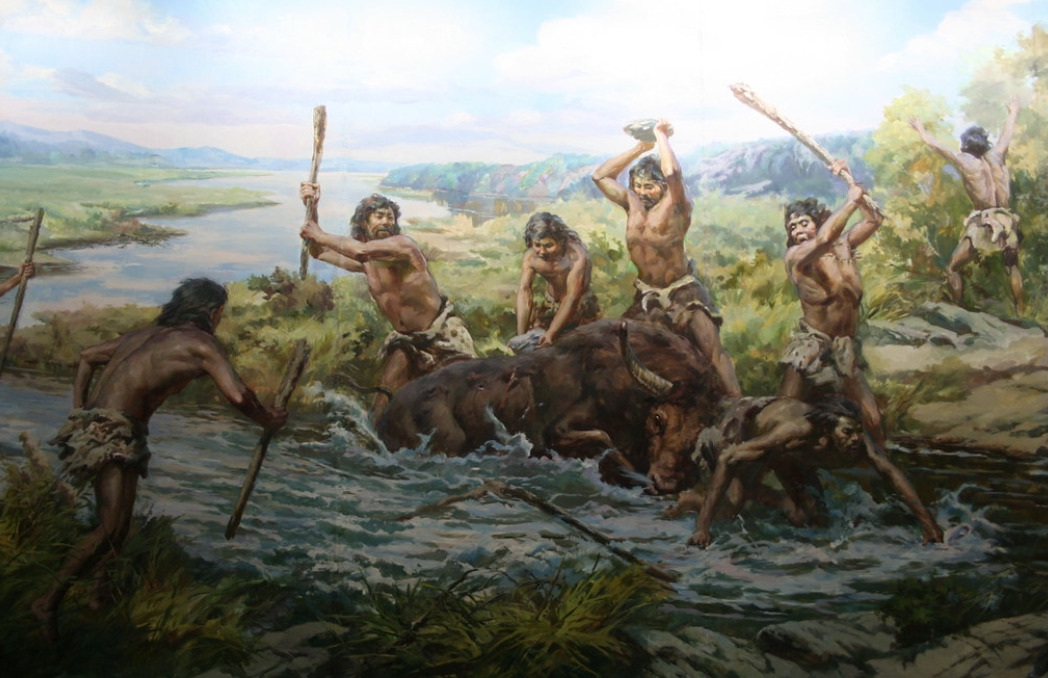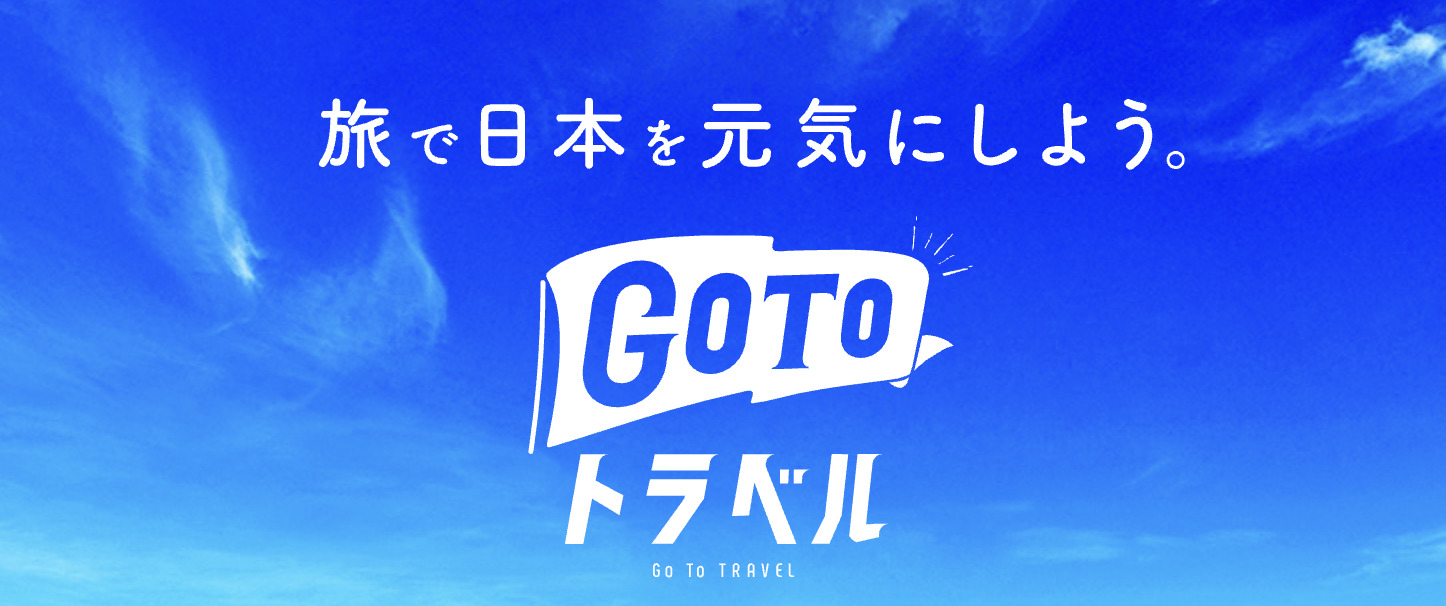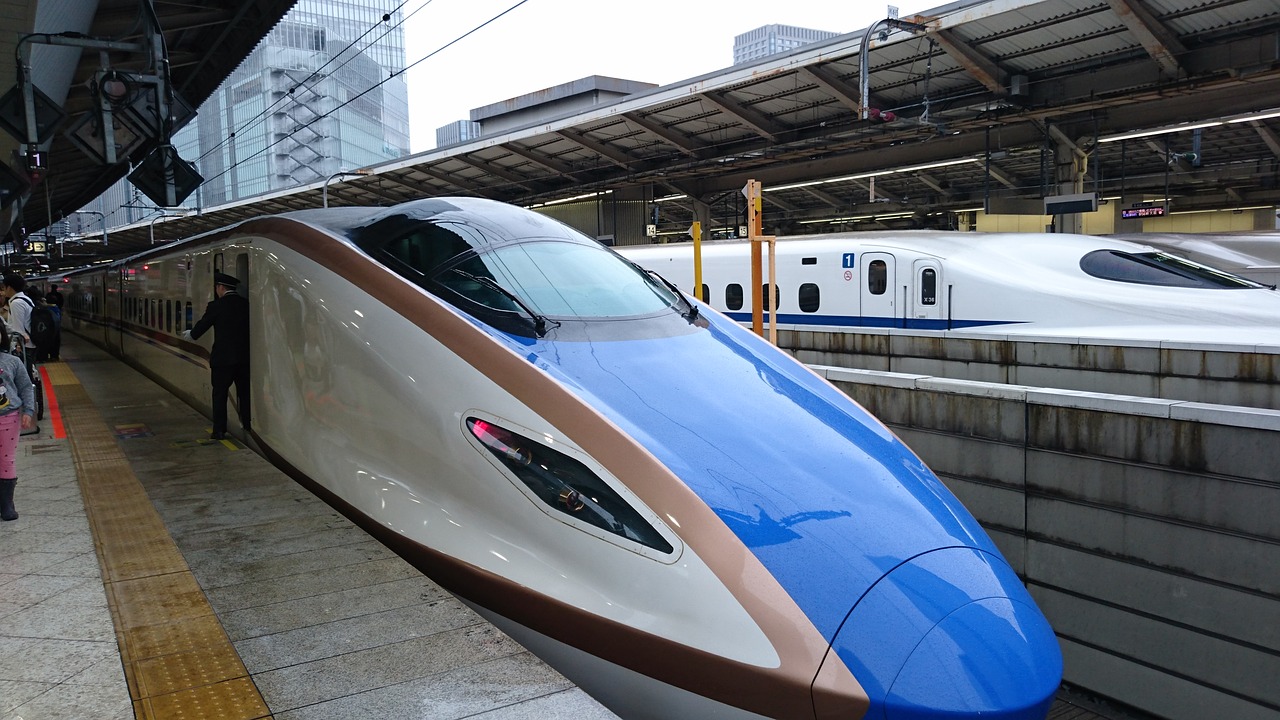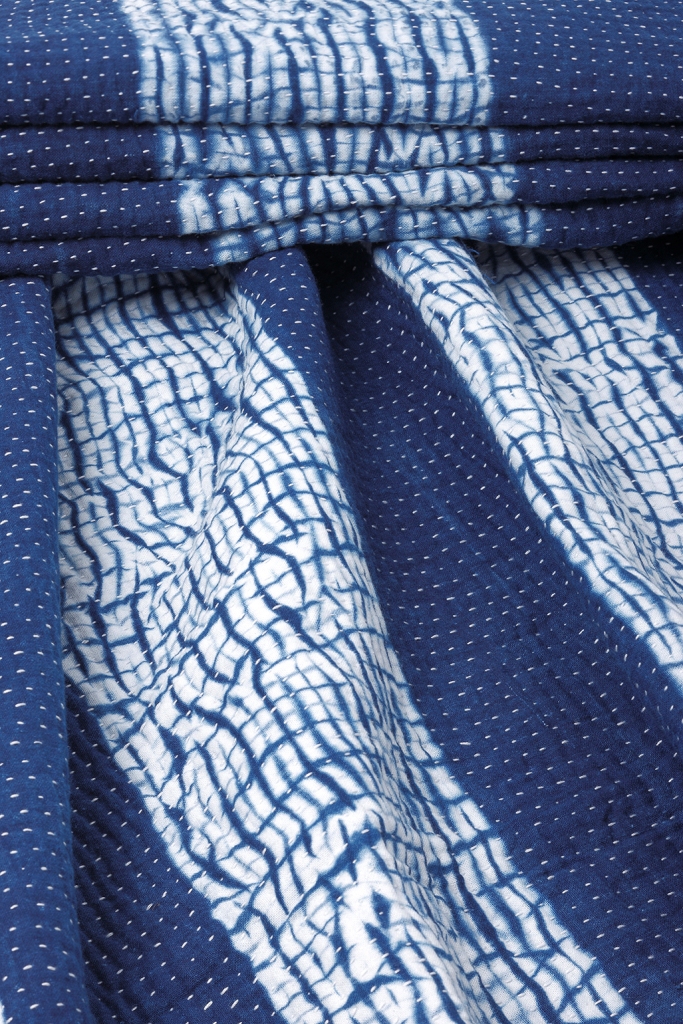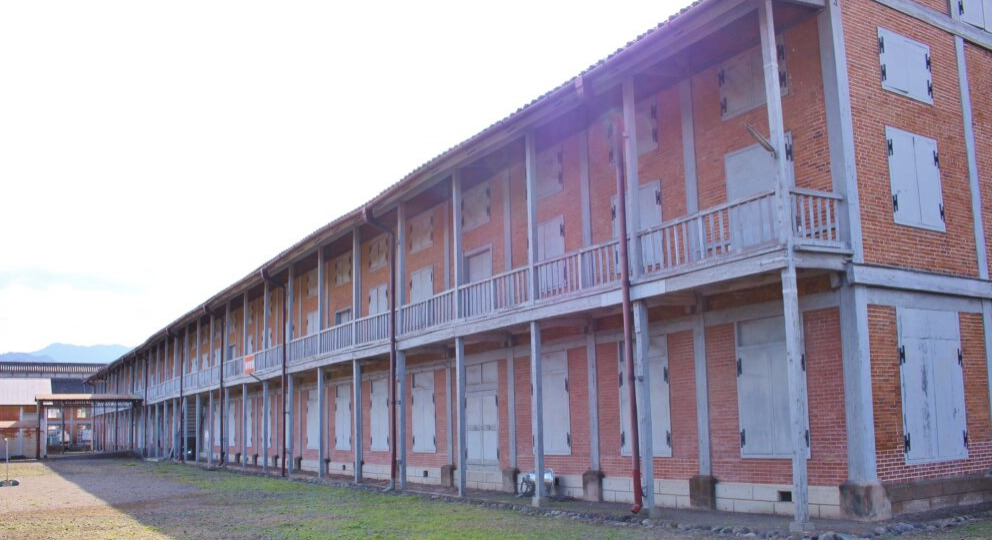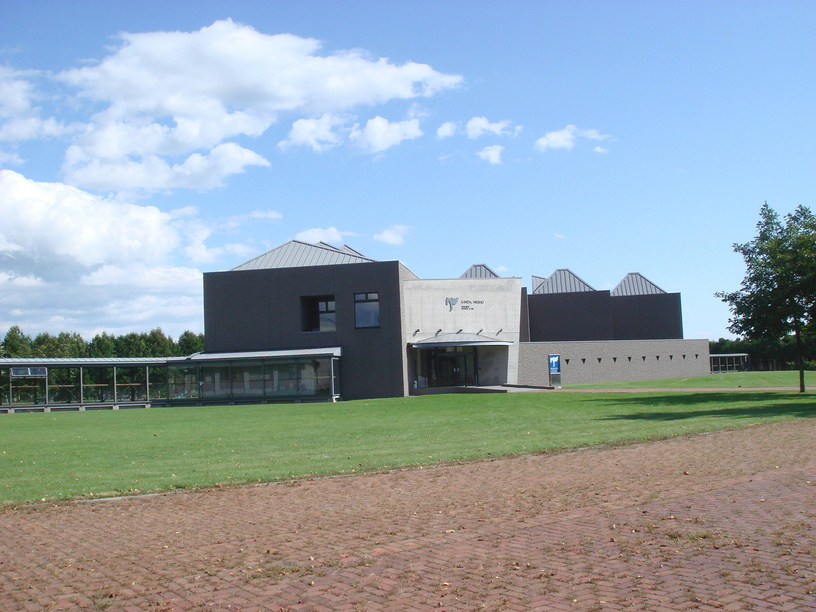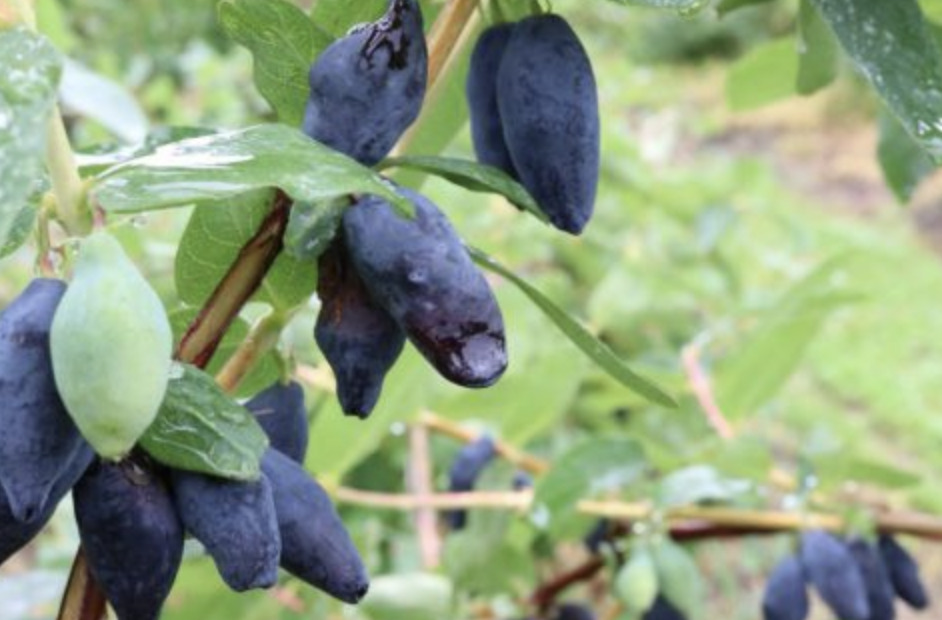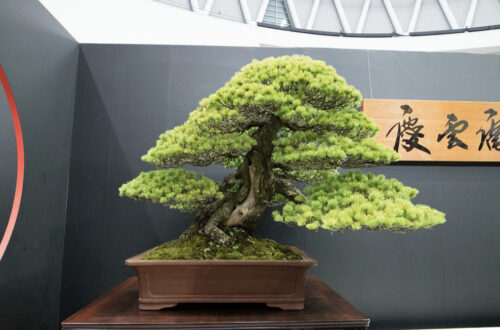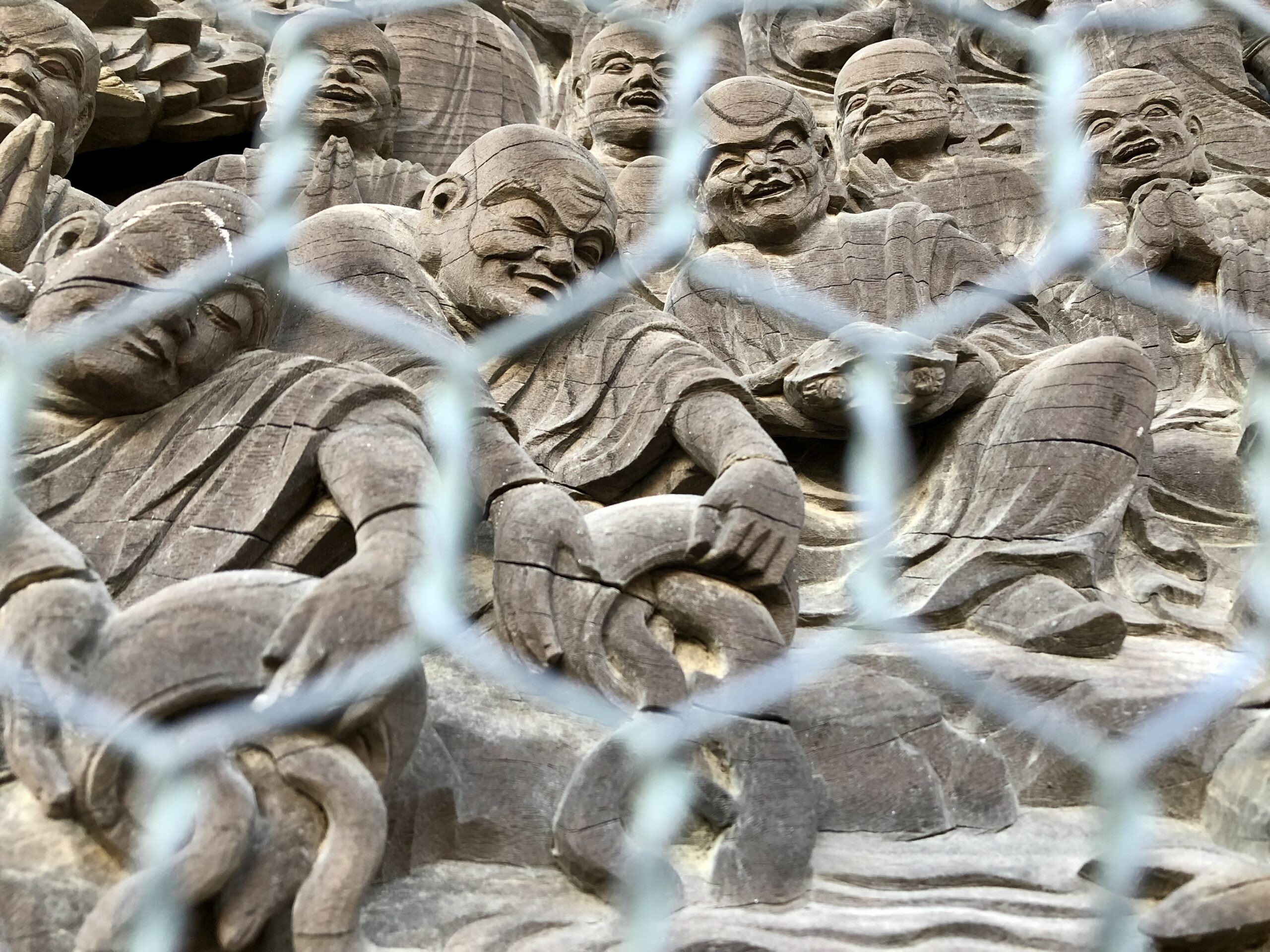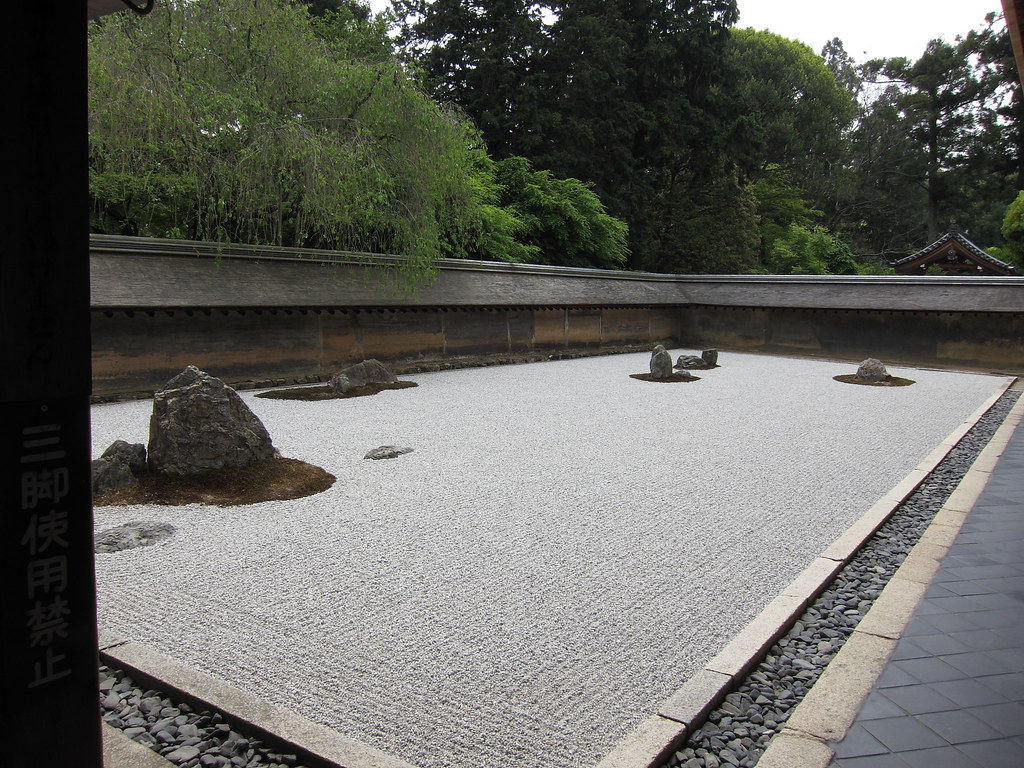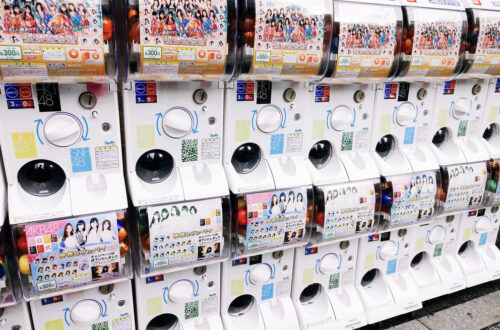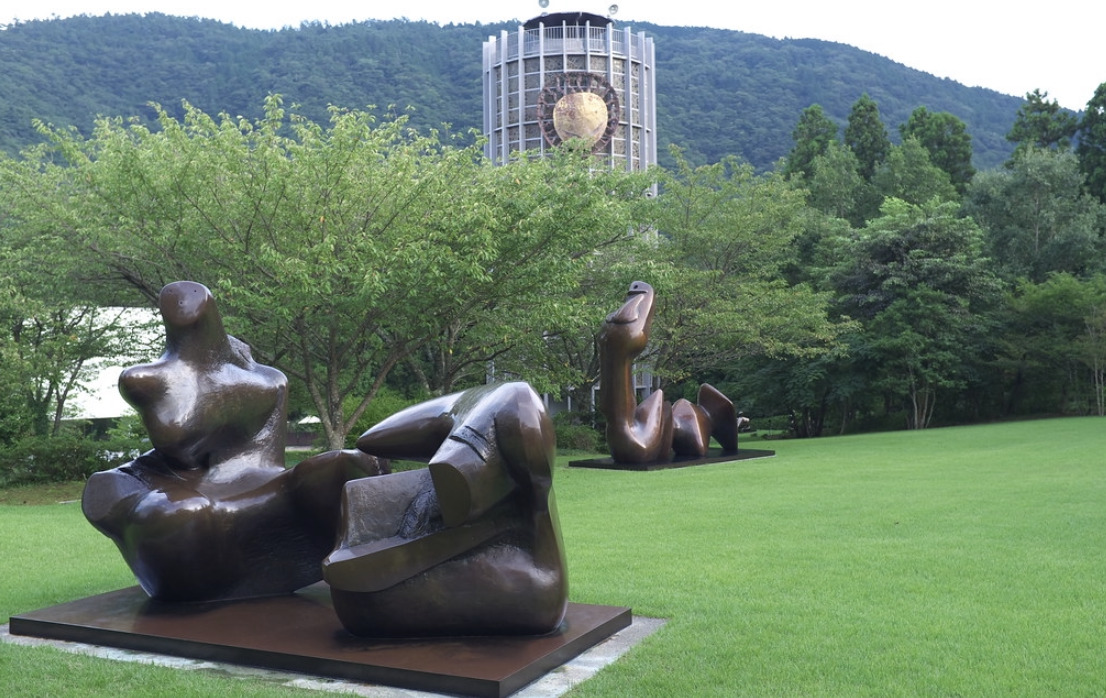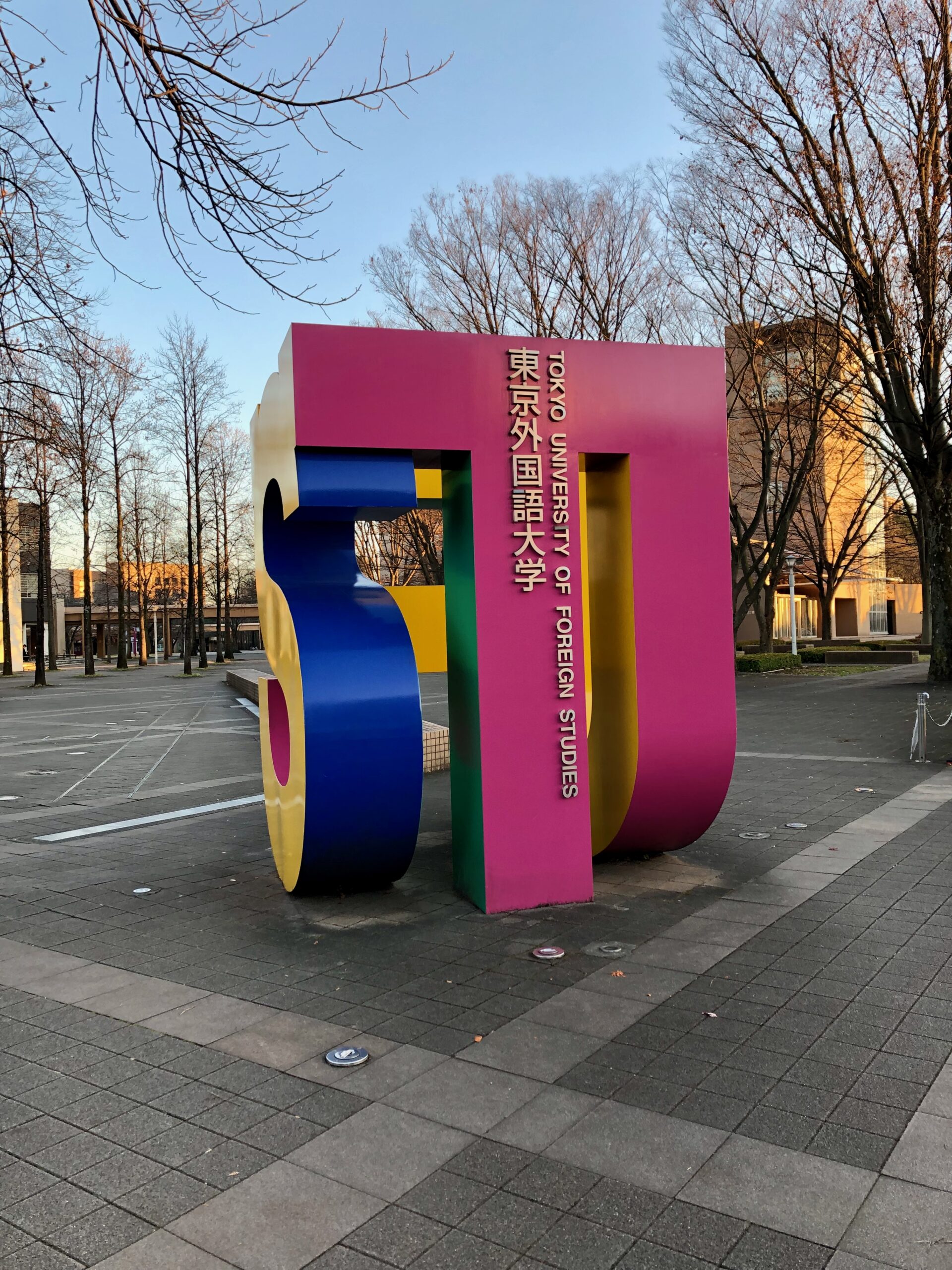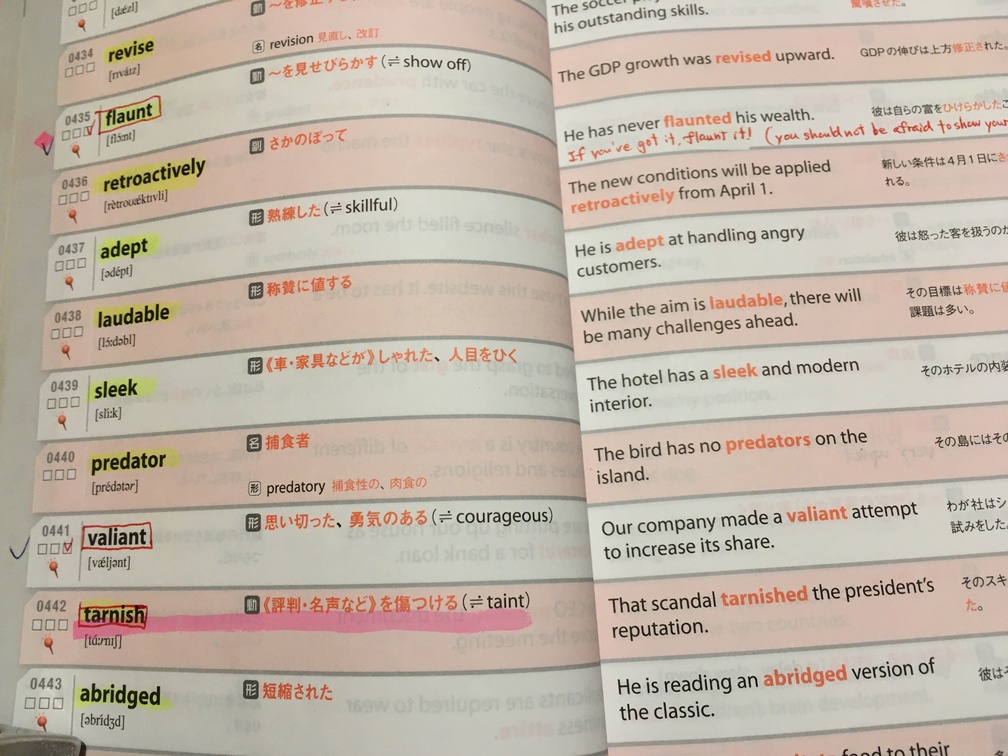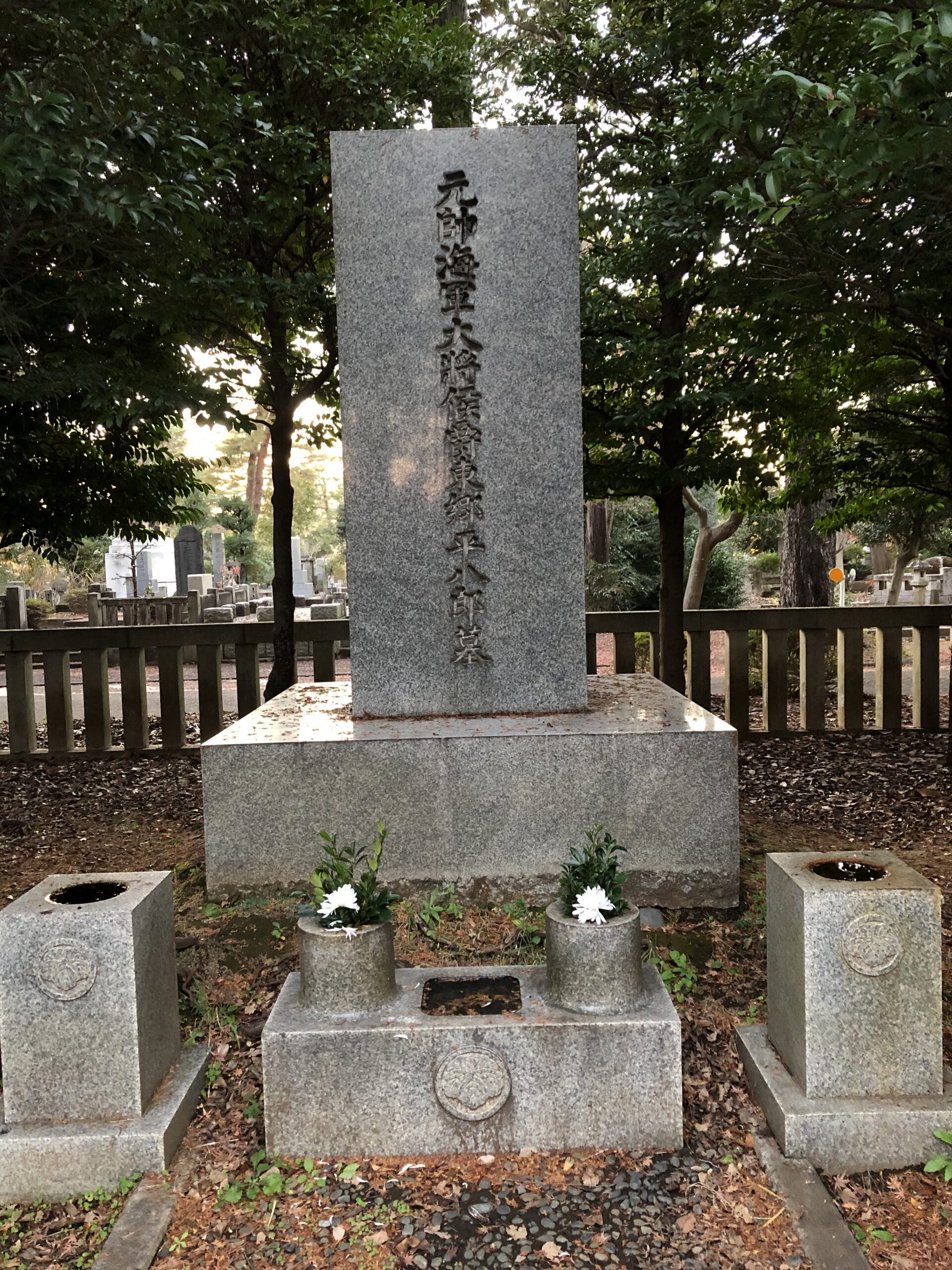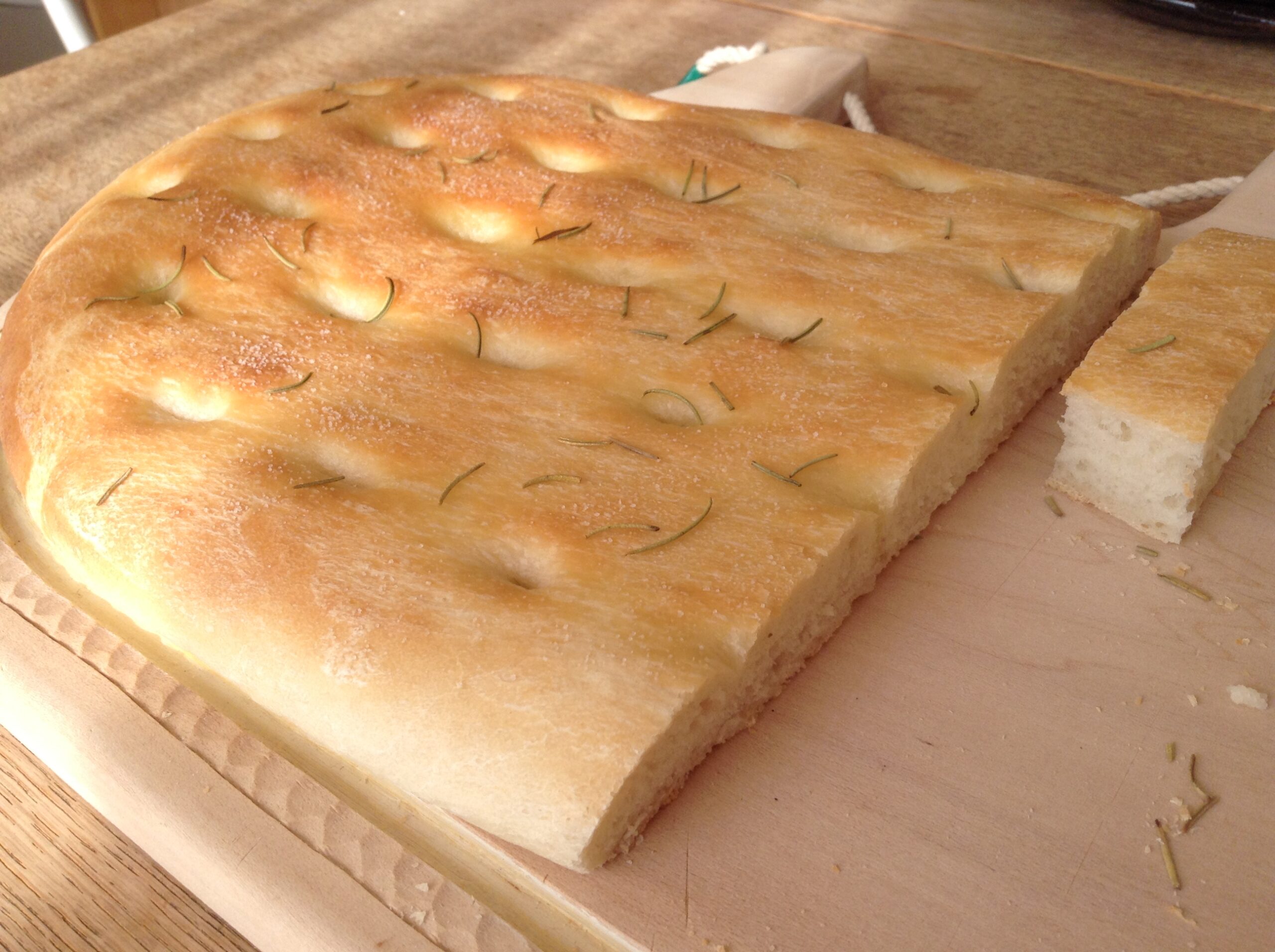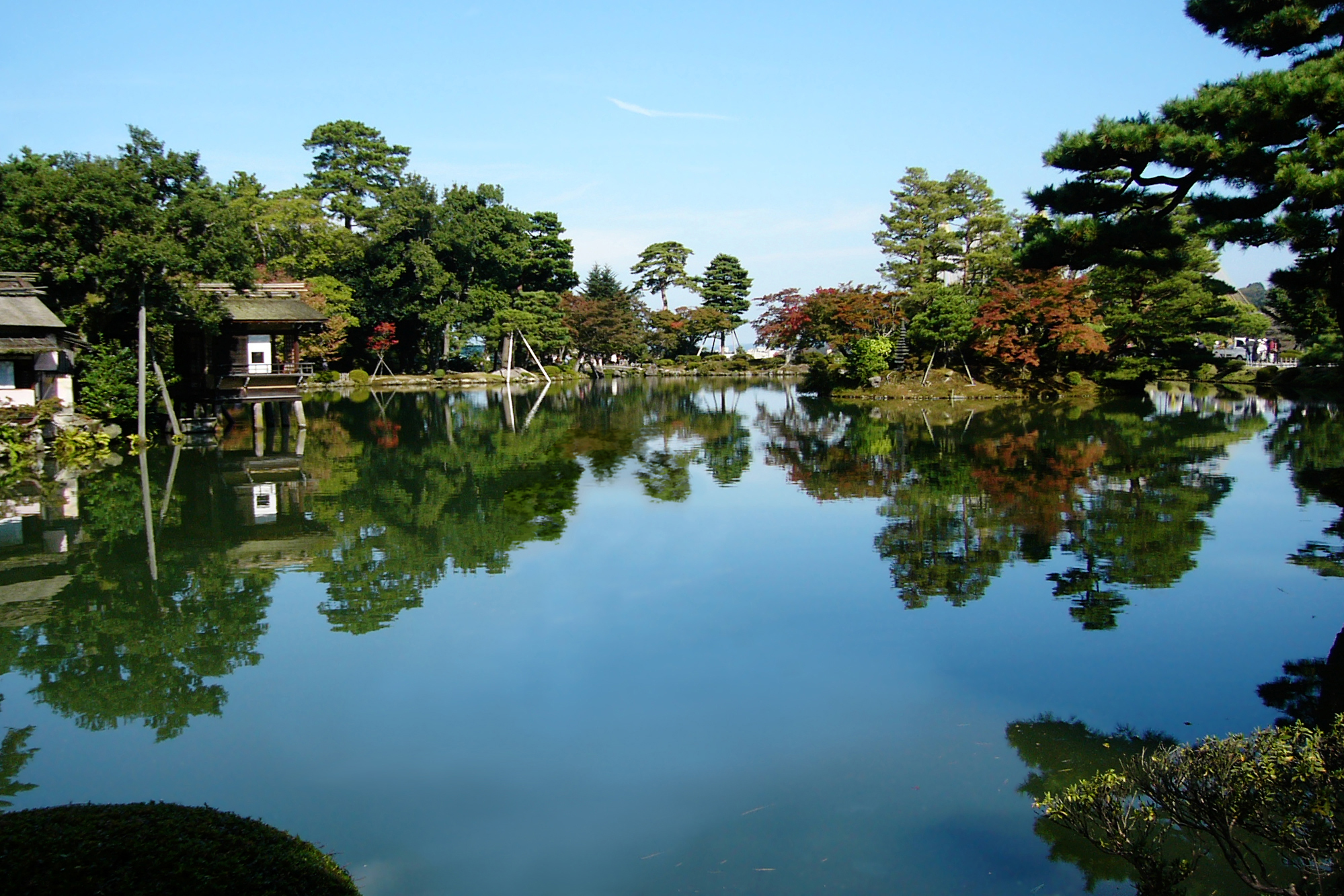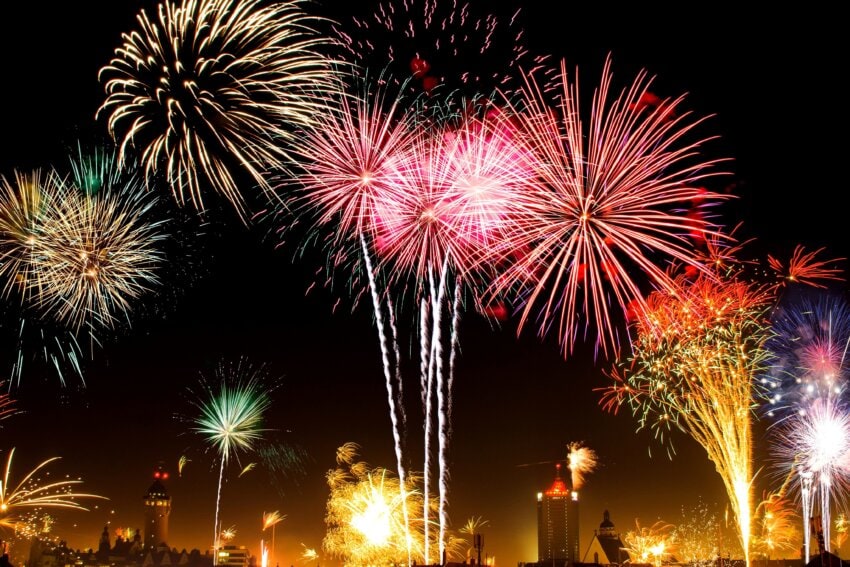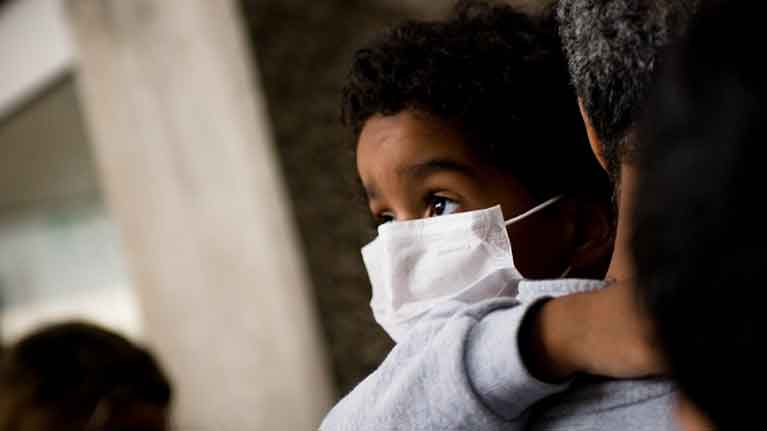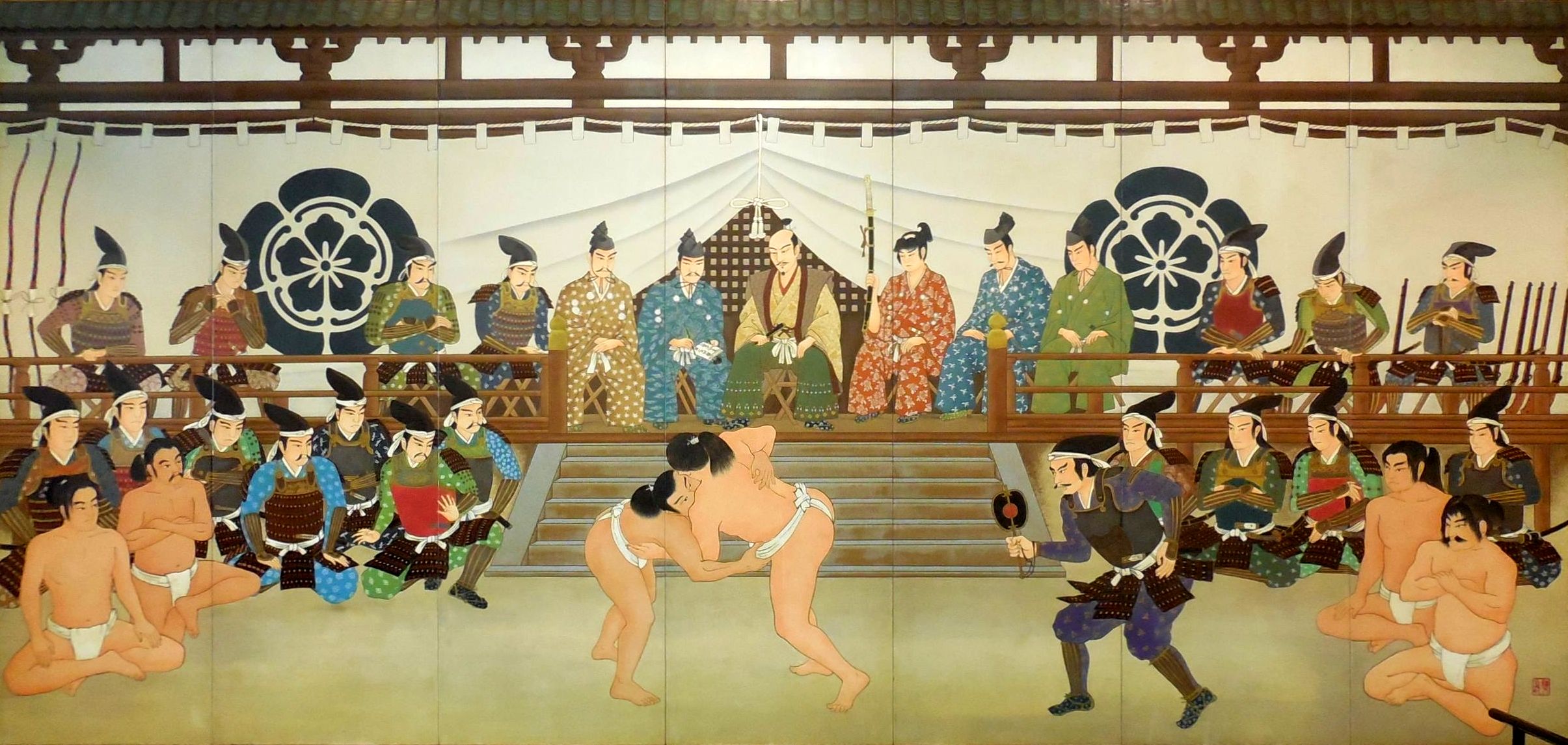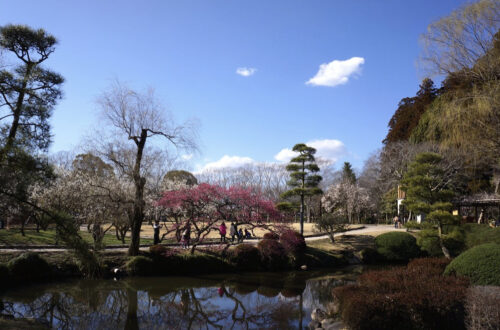-
Bowing お辞儀
It is said that Japanese people started bowing around 500-800 years ago when Buddhism was introduced from China. In those days, bowing was a sign of status. For example, those who welcomed people of higher status would bow low to show that they were not a threat to them. Such scenes are often seen in historical movies and plays. In modern Japan, bowing is used in a variety of ways. It is a social skill that all Japanese people, from children to adults, must learn, as it is used to express gratitude, requests, congratulations, and apologies to others. 日本人がお辞儀をするようになったのは、中国から仏教が伝わった500-800年頃だといわれている。当時のお辞儀は身分の上下を表していた。たとえば身分の高い人々を迎える側は、自分が相手にとって脅威でないことを示すために、体位を低くして見せたという。こうした光景は、歴史ものの映画や演劇によく見られる。現代の日本では、お辞儀はさまざまな使われ方をされる。他人への感謝や依頼、祝辞、謝罪などの意味が込められているお辞儀は、子どもから大人まで日本人にとって必ず身につけるべき社会的素養とされている。
-
Temple Bell on New Year’s Eve 除夜の鐘
On the night of New Year’s Eve, Buddhist temples ring the New Year’s bell. According to the teachings of Buddhism, human beings have 108 vexations. In order to purge these vexations and welcome the New Year with a pure heart, the bells are rung from around 11:45 pm on New Year’s Eve to the New Year. At famous temples around the country, such as Hase Temple in Kamakura City and Shinshoji Temple in Narita City, there is a rush of people wishing to ring the bell, and numbered tickets are given out. 大晦日の夜、仏教寺院では除夜の鐘をつきます。仏教の教えでは、人間には108の煩悩があります。その煩悩を祓い、清い気持ちで新年を迎えるために、大晦日の夜11時45分ころから新年にかけて鐘をつきます。鎌倉市の長谷寺や成田市の新勝寺など、各地の有名なお寺では、鐘をつくための希望者が殺到し、整理券が配られます。
-
Toshikoshi-Soba, or Soba noodles eaten on New Year’s Eve 年越しそば
The custom of eating soba on New Year’s Eve is said to have started around the middle of the Edo period. Soba, which has been grown as a relief crop since ancient times, is made long and thin, and is considered to be a food of good luck in the sense that it extends the life span and family fortune. Soba is also easy to cut, so it has a meaning of welcoming the New Year by cutting off the hardships and misfortunes of the year once and for all. Soba is sometimes served cold with a dipping sauce, and sometimes as a noodle soup in hot broth. 大晦日にそばを食べる習慣は江戸時代中期ころから始まったと言われています。古くから救荒作物として育てられてきたそばは、細く長く伸びるので、寿命を伸ばし家運を伸ばすという意味で縁起の良い食べ物と考えられています。また、そばは切れやすいので、一年の苦労や災厄をきっぱりと断ち切って新年を迎えるという意味もあります。そばは、たれとともに冷たくして出されることもあれば、熱いだしに入れて麺スープとして出されることもあります。
-
Daifuku-mochi 大福餅
Daifuku is a kind of Japanese confectionery made by wrapping red bean paste in a layer of mochi ( rice cake), also called daifuku mochi. The origin of Daifuku is believed to be quail mochi, which was born in the early Edo period (1603-1867). Today, there are many variations of Daifuku, such as Mame Daifuku with red pea or soybeans mixed into the mochi, Yomogi Mochi with a skin made of mochi with mugwort, Shio Daifuku with a salty skin and red bean paste, and Ichigo Daifuku with strawberries in the red bean paste. 大福は小豆でできた餡を餅で包んだ和菓子の一種のことで、大福餅とも呼ばれる。江戸時代初期に生まれたうずら餅が起源とされ、現在では、餅に赤豌豆や大豆を混ぜ込んだ豆大福、ヨモギを入れてついた餅を皮にしたよもぎ餅、皮や餡が塩味の塩大福、小豆餡の中にイチゴを入れたいちご大福など、さまざまなバリエーションがあり、人気の和菓子となっている。
-
Kohaku Utagassen 紅白歌合戦
Kohaku Uta Gassen is a special music program broadcast by NHK (Nippon Hoso Kyokai : Japan Broadcasting Corporation) on New Year’s Eve every year. It is popularly/commonly known as “Kohaku“. The female artists are divided into the “red group” and the male artists into the “white group,” and they perform in a rivalry format. Since many of Japan’s most popular singers appear on the program, it records high viewer ratings every year despite its late-night schedule, and for many Japanese, it has become a symbol of/for the end of the year. 紅白歌合戦とは、NHK(日本放送協会)が毎年大晦日に放送する男女対抗形式の音楽特別番組である。人々の間では「紅白」と呼ばれ親しまれている。女性アーティストを紅組、男性アーティストを白組に分け、対抗形式で歌や演奏を披露する。日本を代表する人気歌手が大勢出演するため、深夜に及ぶ時間帯でありながら、毎年高視聴率を記録し、多くの日本人にとっては、一年の締めくくりの象徴ともいえる番組となっている。 *語句 大晦日 New Year’s Eve 視聴率 viewer ratings
-
The Lake Nojiri 野尻湖
During the Paleolithic Age, people ate large animals such as Naumann elephant and the bighorn deer. From the lake Nojiri, which is situated in the northern Nagano Prefecture, many bones of Naumann elephants and bighorn deers were found, so the lake Nojiri is thought to be the place that people of the Paleolithic Age hunted. 旧石器時代、人々の食料となったのはナウマンゾウやオオツノジカのような大型動物でした。長野県北部の野尻湖からは5万年〜3万年前のナウマンゾウやオオツノジカの骨が数多く発見されています。こうした出土品から、野尻湖は旧石器時代の人々が狩りをした場所だと考えられています。
-
The Paleolithic Age 旧石器時代
The Paleolithic Age was colder than today, and the earth was in the cold period called the Ice Age. At that time, the Japanese Archipelago was connected to the continent. The sea water was reduced due to the glaciers, and the water surface was more than 100m lower than today. The average temperature was also more than 7 degrees Celsius lower than today, and the climate in Japan is thought to be like that of Siberia today. 旧石器時代は今よりも寒く、地球は氷河時代と呼ばれる寒冷な時代でした。その頃、日本列島は大陸と陸続きでした。氷河のため海水が減り、現在よりも水面が100m以上下がっていたのです。平均気温は今よりも7℃以上低く、日本は現在のシベリアと同じような気候だったと考えられています。
-
The Tomioka Silk Mill and the Silk Industrial Heritage Complex 富岡製糸場と絹産業遺産群
The Tomioka Silk Mill and the Silk Industrial Heritage Complex are a collection that shows the technological exchanges and innovations that contributed to the realization of mass production of high-quality raw silk from the late 19th to the 20th century, when the world economy was integrated through trade. The result was the development of the global silk industry, and the popularization of silk consumption. This technological innovation was achieved through a combination of innovations in silk manufacturing technology and innovations in sericultural technology that supported the increased production of high-quality cocoons, the raw material for silk. This property is a remarkable example of the entire process of raw silk production…
-
Haskap ハスカップ
In Atsuma, Japan’s largest town of Haskap, you can enjoy picking Haskap at tourist farms. The taste of Haskap differs from farm to farm and from tree to tree. You can find your favorite tree by tasting the sweet, sour, and bitter taste. Haskap trees can only be harvested for two to three weeks in late June and early July of the year. Fans come from all over the country to enjoy the very short harvesting season of Haskap. The shrubby Haskap is also popular with families as even small children can enjoy harvesting it. 日本一のハスカップのまち厚真町では、観光農園でハスカップ狩りを楽しむことができます。農園によって、木によって味の違うハスカップ。甘い、酸っぱい、渋いなど、味見をしながらお好みの木を見つけましょう。収穫できるのは1年のうち、6月下旬から7月上旬のたったの2~3週間です。収穫時期が非常に短いハスカップを求めて、全国からファンが訪れます。低木のハスカップは小さな子どもでも収穫を楽しむことができるので家族連れにも人気です。
-
Shimamura Shumpyo 嶋村俊表
On the wall of Shakado, or the hall of Buddha, at Naritasan Shinshoji Temple in Chiba Prefecture, a relief of wood carving depicting 500 Rakan is displayed. The sculptor is Shumpyo Shimamura. He was the 8th generation of the prestigious Shimamura family who was in charge of sculptures of temples and shrines officially recognized by the Edo Shogunate. Unlike the stone Buddha statue, it is not very noticeable, but it is a wonderful work. The 500 Rakan, or Arhat, refers to the 500 disciples who followed the Buddha. In Japan and China, there is a belief in the 500 Arhats, and there are many arts and crafts with this motif.…
-
The Hakone Open-Air Museum 箱根の森美術館
The Hakone Open-Air Museum, located in Hakone town in Kanagawa Prefecture, was opened in 1969. It features outdoor displays and works of arts and open spaces are popular. Within the sculptures that are displayed in the vast venue, there are some unique artworks to which many people can enjoy. In addition, there is also a Picasso Pavilion on the premises, which collects the works of Spanish artist Pablo Picasso. According to the survey by TripAdvisor in 2017, Hakone Open-Air Museum is the ninth most popular sightseeing spot among the foreign visitors to Japan. 神奈川県箱根町にある箱根の森美術館は、1969年に開館しました。彫刻作品の野外展示が特徴で、芸術作品と開放的な空間が人気となっている。広大な敷地に展示された彫刻はユニークな作品も多く誰もが楽しめる。また敷地内にはスペイン出身の芸術家パブロ・ピカソの作品を集めたピカソ館もある。2017年のトリップアドバイザーの調査によると、箱根の森美術館は訪日外国人の間では9番目に人気の観光地となっている。 ネイティブの先生がピカソについて面白いエピソードを教えてくれた。ピカソはお産の時に死産と思われ、皆があきらめかけていた。しかし、その場にいたおじさんが煙草の煙を吹きかけたところ、それに反応して命を取り戻したという話だった。ググってみると Sleek Magazine のサイトに元ネタがあった。 A cigar gave him life When Pablo Picasso was born, he was…
-
二次口述試験が終わった
やっと自宅に戻ってきた。 プレゼンは道後温泉を選んだ。 通訳問題は東京スカイツリー。 通訳ガイドとして、高所恐怖症のゲストに対してどのように対応するかということを聞かれた。 うまくいかなかった。合格点の7割には届かなかったと思う。試験官も終始けわしい表情だった。つらかった。まだまだ力が不足している。 また来年挑戦しようと思う。とにかく疲れたので、少し休みたい。でも明日からまた仕事だ、、、。
-
いよいよ明日
今朝、新千歳空港から飛行機に乗って、二次試験会場の東京外国語大学近くの宿までやっと到着。 昨日は仕事上のちょっとした大きめのイベントがありましたが、何とか成功して、安心感と感動に浸りながらの移動。 多摩駅を降りて、石材屋さんがやたらと多いなと思ったら、ここは多摩霊園の所在地なんですね。まだ明るかったので、東郷平八郎氏とその隣の山本五十六氏の墓前で手を合わせてきました。 それぞれの時代で国の命運を分けるような大きな判断をせまられた英雄たちの苦悩とプレッシャーを想像すると、自分の試験なんてちっぽけなもの。結局、勉強は不十分なままでここまで来てしまいましたが、うまくいってもいかなくても、落ち着いて試験に臨めそうです。 今日は早めに休んで明日に備えます。
-
Kenrokuen Garden 兼六園
Kenrokuen Garden, which is located in the Ishikawa Prefecture, is one of the three most famous gardens in Japan. It is said that in 1676, the Lord of the Kaga domain, Maeda Tsunanori, built his own villa on the former grounds of the castle workshop and turned the surrounding area into a garden. The primary winter attraction of Kenrokuen Garden is snow fishing and in winter the water has a golden shimmer that dances across it. In spring, you can take a walk through the garden while enjoying the view of the cherry blossoms. The garden is crowded with many tourists throughout the year. If you join them for a…
-
Covid-19 Pandemic コロナ禍
The new coronavirus infection has spread all over the world since the infection was reported in Wuhan, China in December 2019, and the cumulative number of infected people exceeded 100 million in January 2021. Infection spread in Japan, a state of emergency was declared, and the economy was seriously damaged. The government is calling on people to avoid the Three Cs , Closed spaces with poor ventilation, Crowded places with many people nearby, Close-contact settings such as face-face meetings, because the coronavirus increases the risk of infection in such situations. Due to the Covid-19 pandemic, people’s lifestyles have changed drastically, for example the increase in remote working. 新型コロナウィルス感染症は2019年12月に中国の武漢市で感染者が報告されて以来、世界中に広がり、2021年1月には累計の感染者数が1億人を超えました。我が国でも感染が拡大し、緊急事態宣言が出され、経済にも深刻な打撃を与えました。コロナウィルスは3密と呼ばれる密閉空間、密集場所、密接場面で感染リスクが高まることから、政府は人々に3密を避ける呼びかけをしています。コロナ禍により、テレワークの促進など、人々の生活様式は大きく変わりました。

